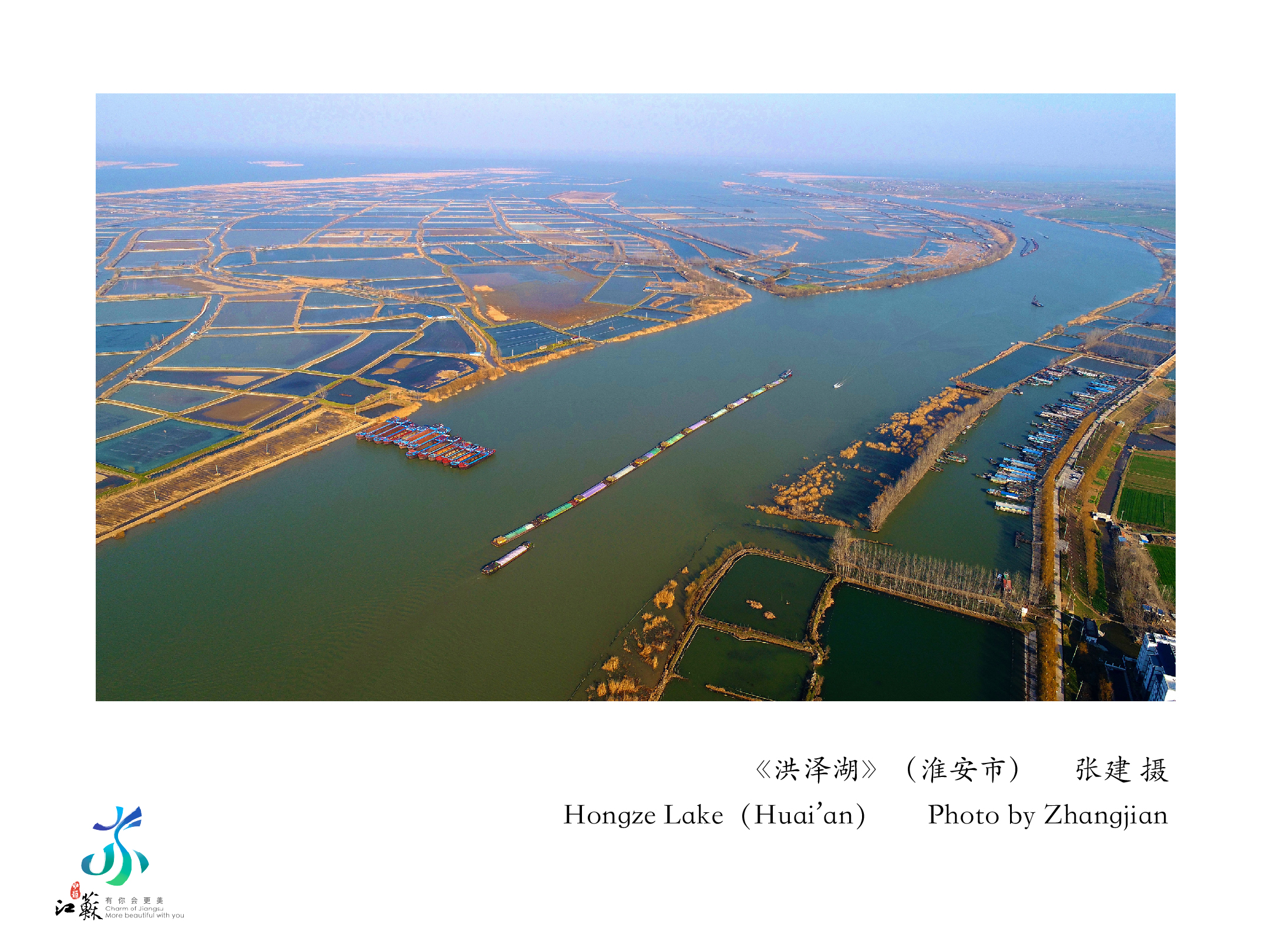The Grand Canal of Jiangsu
Beijing-Hangzhou Canal is a 2500-year-old waterway legacy of the Chinese people and a source of life that gave birth to the canal culture of China. As a “golden waterway” connecting the north and south of China, it cradled countless generations of Chinese people, while carrying the myriad aspects of mundane life and nurturing the nation’s character.
The narration takes the different vehicles on the canal as the clue. Starting from ancient wooden sailing boats, fishing boats, cargo ships, liners and passenger ships, the film introduces various layers of culture, civic life and tourism highlights in cities along the canal. The story’s details resonate with the main idea of “Water Charm of Jiangsu”, containing the grand views of theatrical arts, traditional craftsmanship, folk traditions and tourism resource along the Jiangsu section of the canal.
The dance drama “Millennium Canal”
The dance drama “Millennium Canal” tells a moving and legendary story of “sorrows and joys” that occurred during the excavation of Hangou Canal during the Spring and Autumn Period more than 2,000 years ago. China’s Grand Canal connects north and south and reaches east and west, realizing the first real integration and unification in the Chinese history. The Grand Canal, which flows through four provinces and two municipalities, has continuously nourished the descendants of this land through centuries of changes. It is like a link that promotes the prosperity and development of cities along the river. In the thousand-year canal, with gurgling water, artists used dance to show the grand vision of ancient Chinese heroes and the kindness and tenacity of the average people.
“Charm of Jiangsu” Light and Shadow Grand Canal Photo Exhibition
More than 2,500 years ago, Fu Chai, king of the State Wu, supervised the excavation of Han Gou(Han Canal) in Yangzhou, Jiangsu Province, starting the long history of China’s Grand Canal. Known as the longest artificial canal in the world, the Grand Canal connects eastern China one whole. It serves as the carrier of the long history and splendid Chinese civilization, and embodies the Chinese wisdom in transforming and utilizing nature. Therefore, it was included in the World Heritage List in 2014. The Grand Canal in particular runs through eight cities of Jiangsu Province, including Yangzhou, where it originates, stretching to 690 kilometers with 22 heritage sites and 6 heritage sections. Numerous traditional gardens, ancient towns, and eye-dazzling pagodas line both sides of the canal. Thanks to the Grand Canal, cities along which have developed various specialties such as agriculture, rituals, cuisine, and folk culture, contributing to water charm and humanistic connotation of Jiangsu.

























